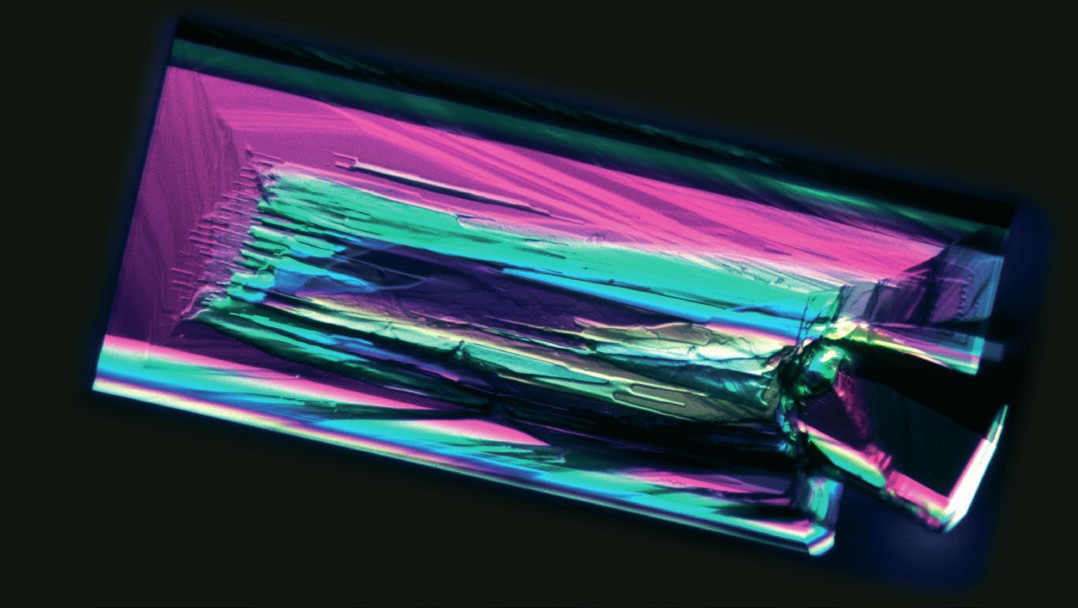
If normal atmospheric air is subjected to an electric field greater than a few MVm−1(10 6Vm −1) the air becomes conducting and sparks are produced (Figure 2). A strong enough field can be produced by applying a p.d. of a few kV across a gap of a few mm.
In the absence of a strong field, air is a good insulator. But even normal air contains a small proportion of free electrons, which have been dislodged in collisions between molecules with much higher than average kinetic energy. In an electric field, these electrons are accelerated.
Your organisation does not have access to this article.
Sign up today to give your students the edge they need to achieve their best grades with subject expertise
Subscribe




